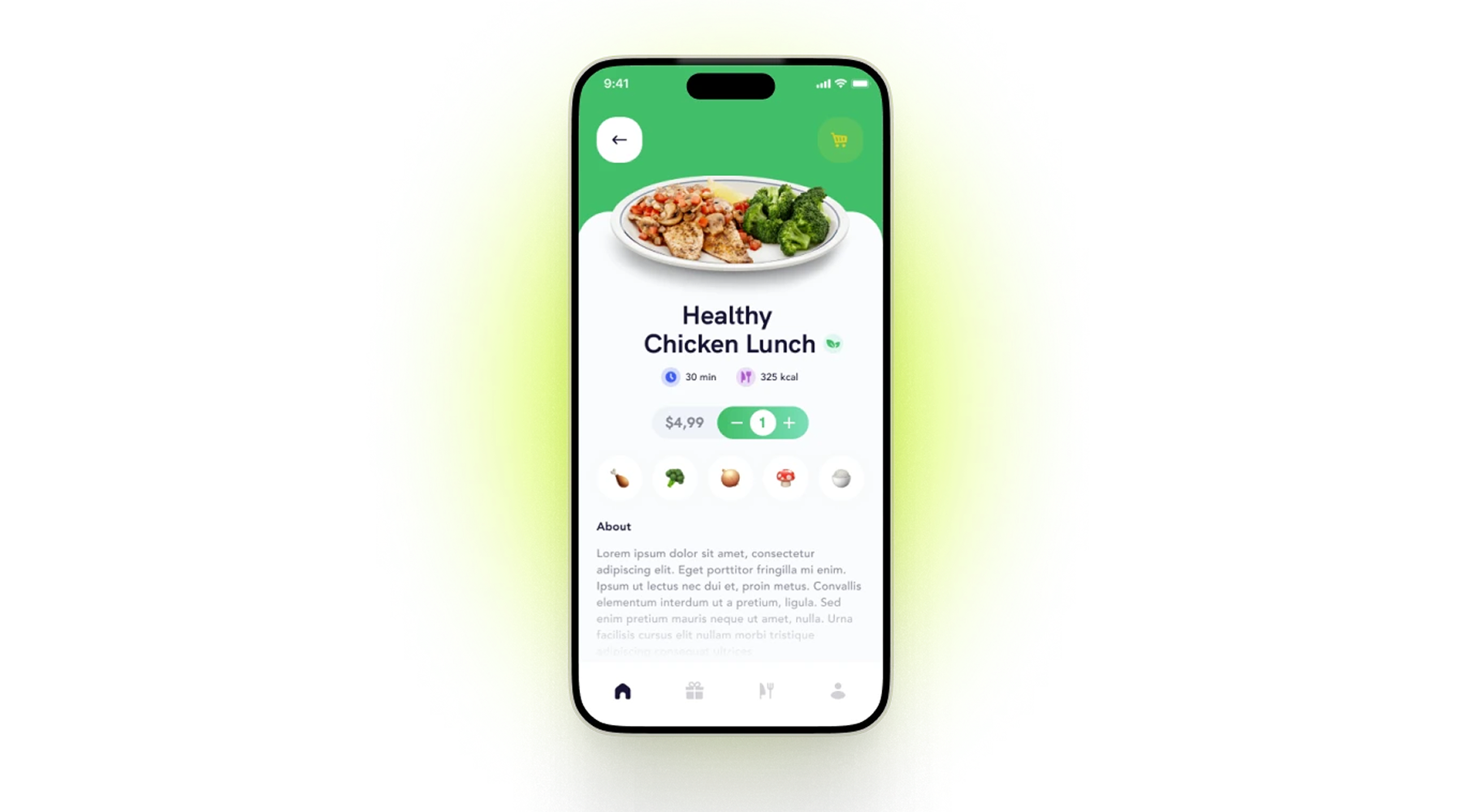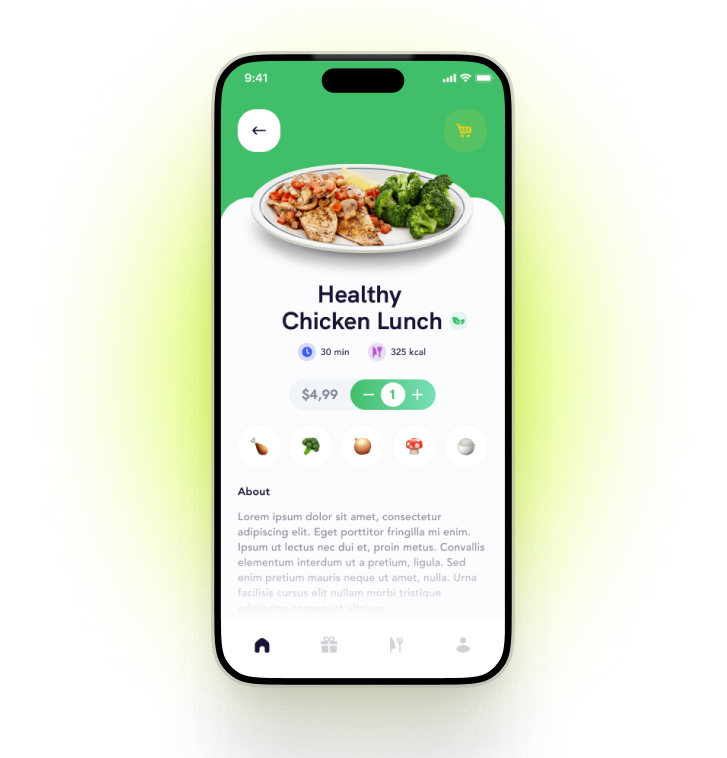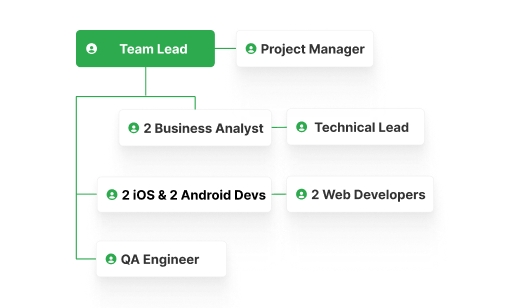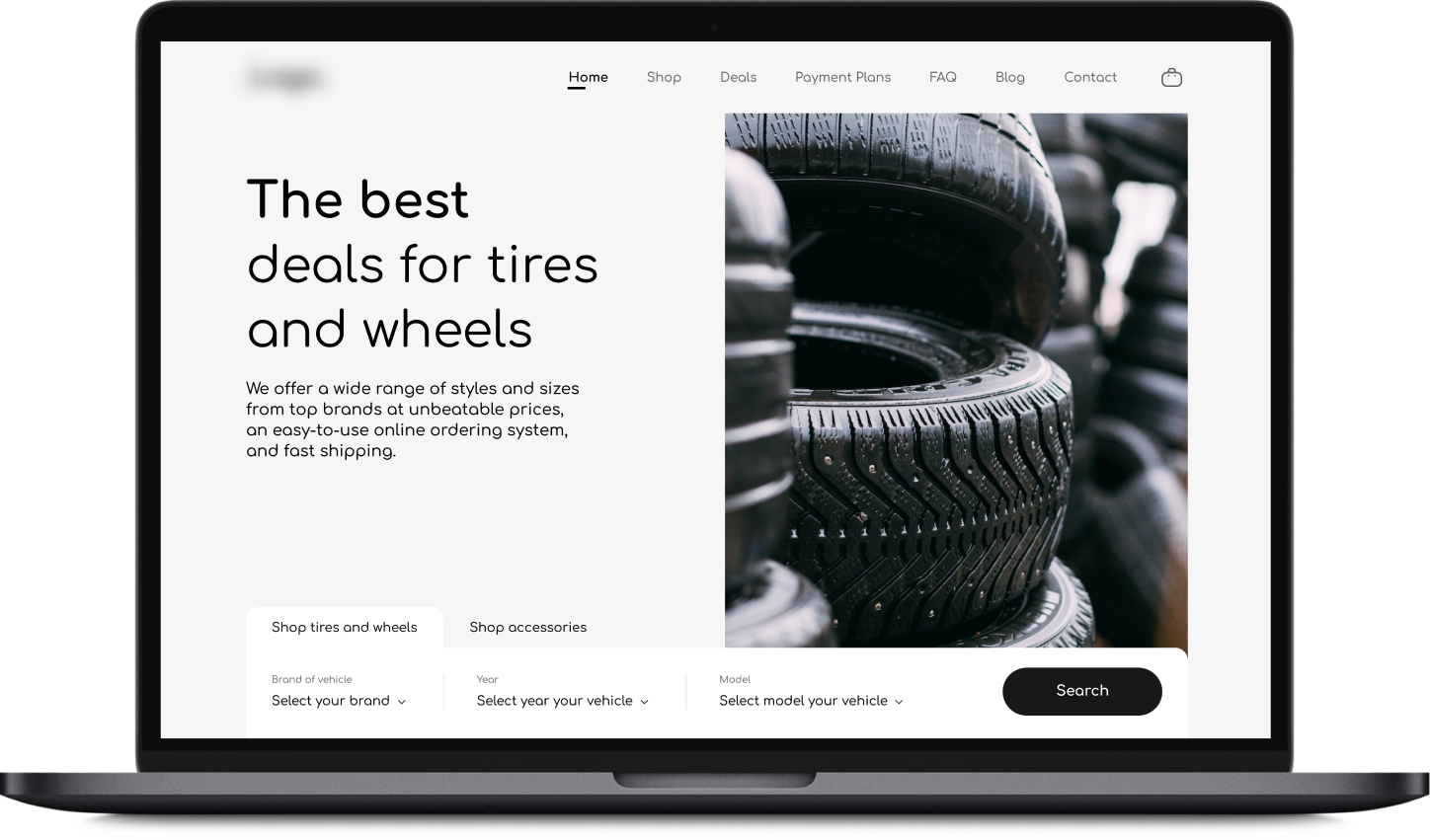Digital Ecosystem for a Restaurant Chain
A website, two native mobile applications, and a cross-platform app are integrated with restaurant management software to automate the management of delivery and pickup orders.



About the Client
The client is a restaurant chain that comprises over 40 locations. They provide a wide range of dining options, including delivery and self-pickup in addition to on-site dining.
Project Background
The client aimed to provide a seamless experience for customers who wish to order delivery or pickup, while also optimizing operations for restaurant staff and improving overall efficiency. With this in mind, they approached Itexus, a trusted software development partner with hands-on experience in delivering robust software solutions for diverse industries.
The solution is designed for customers who want to order food for delivery or pickup, restaurant staff, and couriers.
Project Team


Engagement Model
Time & Material
Tech stack
Architecture Overview
The solution consists of several modules, each designed for different people within the ecosystem, including customers, restaurant staff, and couriers. The functionality of each module is described below:
-
Website and mobile applications
-
User profiles. Customers can create and manage their profiles, where their personal data (such as name, delivery addresses, payment methods, and order history) is stored.
-
Location selection. Customers can view a map that displays the locations of restaurants and select the restaurant that is closest to the delivery location for their order.
-
Menu exploration. Customers can view the menu and information about dishes, add dishes to their basket, leave comments for their order, and schedule a delivery for a specific day and time.
-
Payment options. A wide spectrum of payment methods is available to customers, including online card payment, Apple Pay, and card or cash payment upon delivery.
-
Order tracking. Customers receive notifications about the status of their order, including updates such as “accepted,” “preparing,” “on the way,” and “delivered”. Customers can also monitor the order’s location on the map.
-
Feedback mechanism. Customers can provide feedback on both dishes and the delivery process.
-
-
Courier app
-
Order management. Couriers can view a list of available delivery orders based on their location and accept or reject delivery orders.
-
Route planning. The courier application is equipped with a route-planning feature, enabling couriers to chart the most efficient course from the restaurant to the designated delivery address.
-
Delivery details. Couriers can access users’ comments regarding specific delivery instructions.
-
-
Integration with restaurant management software
-
Order handling. Restaurant staff can view incoming orders and accept/reject orders.
- Order status tagging. Orders are categorized as “preparing”, “ready for delivery”, “sent to delivery”, “completed”, which ensures an efficient management of the process.
-
Development Process (or Project Approach)
To implement this project, we adopted an agile approach centered around the Kanban methodology. This allowed us to adapt to changing requirements, prioritize tasks, and maintain a continuous flow of development. Our approach included the following key elements:
-
Kanban methodology. We used Kanban as our primary project management framework. It helped us visualize work, limit work in progress, and optimize workflow. The Kanban board tracked tasks and priorities, promoting agility and flexibility.
-
Monthly progress reports. We generated monthly reports to monitor project progression and resource allocation. These reports provided detailed breakdowns of tasks, worklogs, and accomplishments.
-
Worklog tracking. Team members recorded their activities to ensure organized and accountable execution of project tasks.
-
Adaptive resource allocation. We dynamically allocated resources based on project needs. The Kanban board, monthly reports, and worklog data helped us make informed decisions.
All of these measures combined allowed us to efficiently deliver a complex solution.
Technical Solution Highlights
The success of this project relied on a strong and technologically sound foundation. Here is an overview of the main features of our technical solution:
-
PHP for backend. Our project’s backend was built using PHP, a widely used scripting language known for its versatility and suitability for web development. PHP’s compatibility with web servers and databases made it an ideal choice for our website. It enabled smooth data processing, database communication, and dynamic web page creation.
-
Vue.js for front-end development. We used Vue.js, a JavaScript framework, to create our front-end. It helped us make interactive, adaptable, and user-friendly interfaces. Its component-based structure made it easier to build and update the user interface.
-
Swift for iOS. We used Swift, Apple’s programming language, to make an iOS app. Swift’s performance, safety, and expressiveness helped us create a smooth and easy-to-use app for iPhone and iPad.
-
Kotlin for Android. Our Android app was built using Kotlin, a programming language supported by Google for Android app development. Kotlin’s simple syntax, safety features, and ability to work with Java helped us create a strong and efficient app.
-
API integration. Seamless integration with restaurant management software was achieved by creating well-designed APIs. These APIs allowed our applications to securely and efficiently exchange data with third-party restaurant software.
Scalability and performance optimization. Our technical solution was designed to handle rapid growth by implementing strategies such as load balancing, caching, and performance optimization. These measures ensure that the system can handle increased traffic and provide a smooth user experience.
Results & Future Plans
In a span of just 8 months, the cross-functional team at Itexus successfully delivered a website and mobile applications that have had a significant impact on our clients’ operations. The results of this collaboration are the following:
29% surge in delivery orders. The use of our combined solution resulted in a significant increase in online orders. In the first 6 months, the number of delivery and pickup orders increased by 29% compared to phone orders which were available previously.
37% reduction in order processing time. One of the main ways we measured the success of our solution was by looking at how much faster it made processing orders. We were able to reduce the time it takes by 37%. This not only made things run more smoothly, but it also helped to decrease mistakes. It also had a positive effect on the overall quality of service.
The great results we achieved by working together show how effective our technical solution and project approach are. Itexus is still committed to helping businesses with new technology solutions that improve growth, efficiency, and customer satisfaction.
Landing page for a promotional campaign for a large retail company.


